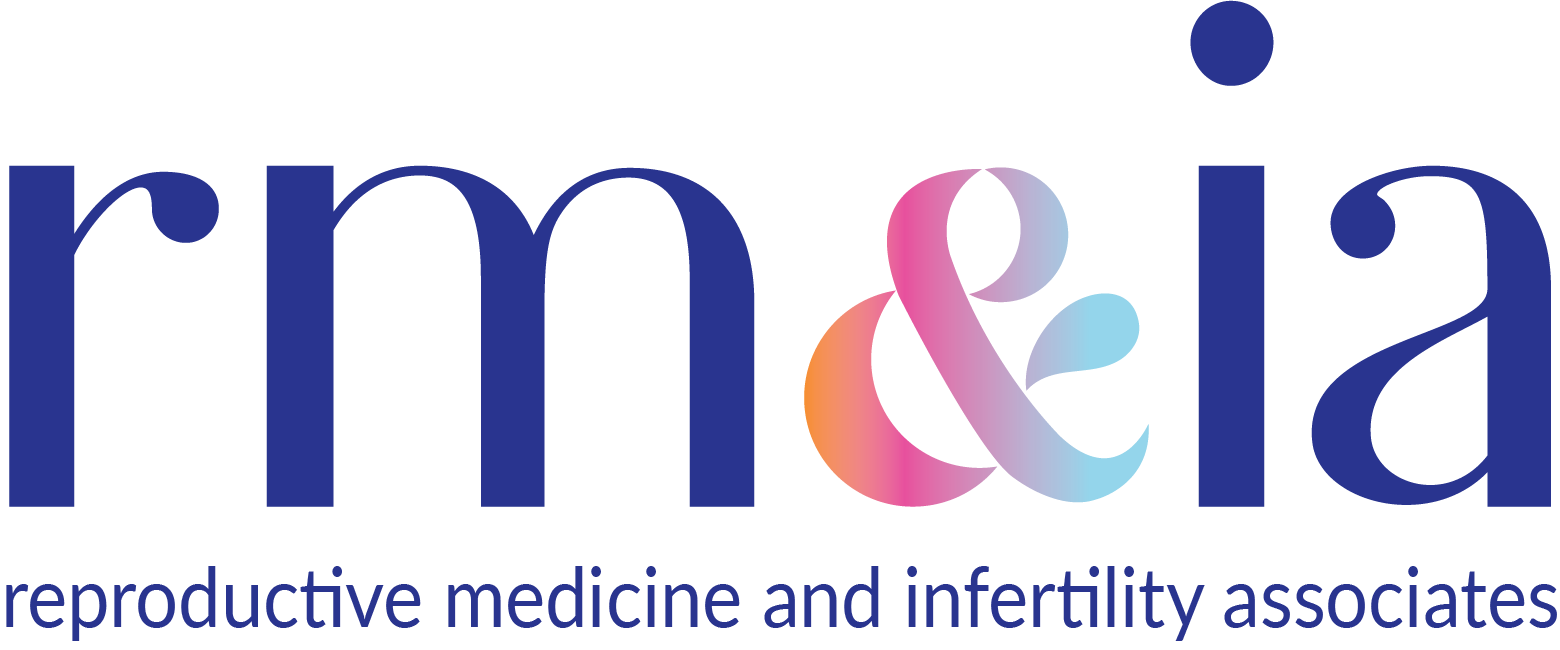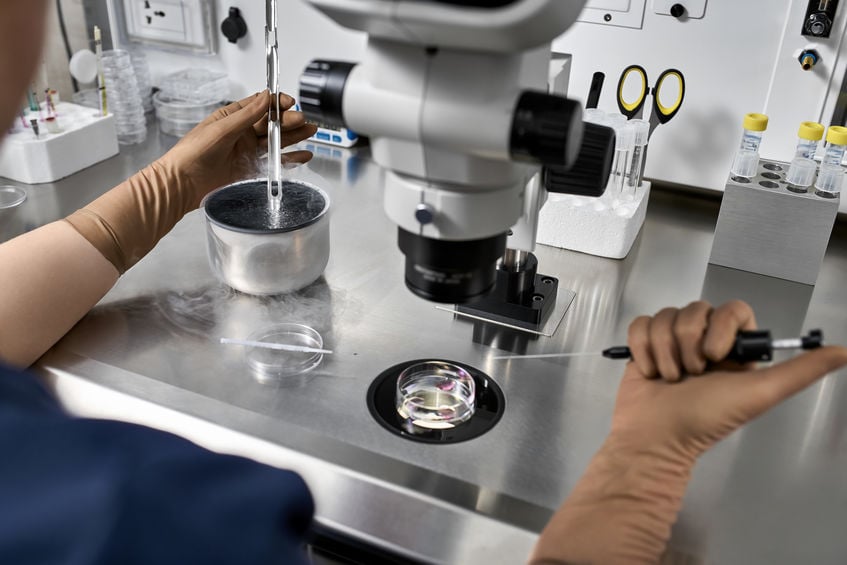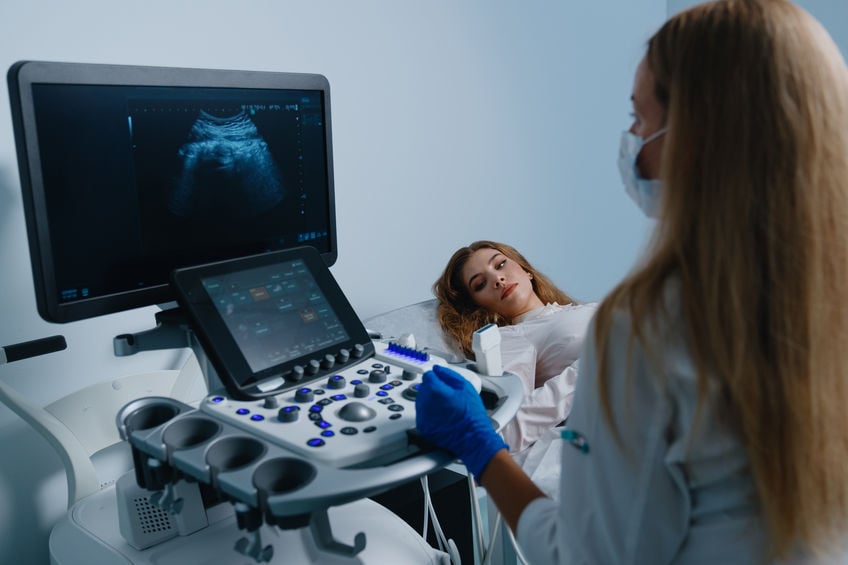The Mini IVF Approach
Mini in vitro fertilization (IVF) is a type of fertility treatment involving a reduced or minimal stimulation protocol. Patients who opt for this procedure will usually use oral medication and injections. However, the dose of medication used will be lower and the injections less frequent. Mini IVF can produce high-quality eggs while being easier on the body.

Mini vs conventional IVF
With both mini IVF and conventional IVF, birth control is usually the first medication required to help control the cycle. The next step is to stimulate egg growth. In conventional IVF, high doses of injectable medications called gonadotropins are typically given. There is no exact protocol for mini IVF, but a much lower amount of oral stimulant medication is usually used instead. In some cases, lower doses of gonadotropin injections may also be used. Once the eggs are at a good size, a trigger shot is given in both mini and conventional IVF to time the retrieval.
Who should consider mini IVF?
Mini IVF isn’t suitable for everyone. Good candidates for this procedure are women under age 35 and couples experiencing male-factor infertility. Women with a diminished ovarian reserve and patients who have not responded well to injectable fertility medication in the past can also benefit. The healthcare provider will determine if this procedure is appropriate based on the infertility diagnosis and personal health history. Here are 3 benefits of the minimal stimulation approach for anyone considering mini IVF.
1. Fewer side effects
The medications used in a typical fertility cycle can cause side effects such as bloating, headaches, mood swings, and nausea. Additionally, injections can cause bruising and pain at the injection site. When fewer medications are used during mini IVF, these side effects are much less likely to occur. Additionally, anyone with a needle phobia may benefit from taking the mini route, as injections occur much less frequently.
2. Avoid OHSS
Ovarian hyperstimulation syndrome (OHSS) is another possible outcome of gonadotropin use. A mild form of this condition happens about 10-20% of the time, but more severe cases occur in 1% of conventional IVF cycles. OHSS is an exaggerated response to excess hormones and can cause severe abdominal pain, shortness of breath, vomiting, and weight gain. Women with polycystic ovarian syndrome (PCOS) are more susceptible to OHSS and may benefit from mini IVF.
3. The affordable option
Since mini IVF uses less medication and lower doses, the cost of fertility medications is lower. However, the price of the retrieval and transfer procedures are usually the same. Since fewer eggs are generally retrieved during mini IVF, this approach might also be better for patients who want to avoid egg or embryo storage fees. During conventional IVF, multiple eggs are retrieved and, in most cases, stored for subsequent cycles. This increases the chance of a successful pregnancy but also makes the process more expensive. Lowering medication doses and retrieving fewer eggs can often avoid storage fees.
Making the choice
Success rates for mini IVF are generally lower than conventional IVF since fewer eggs are retrieved. However, this approach may be preferred by patients concerned about side effects, women at risk of OHSS, and couples looking for a more affordable approach to fertility treatment. Whatever protocol is selected, know that IVF is a great way to grow a family.





